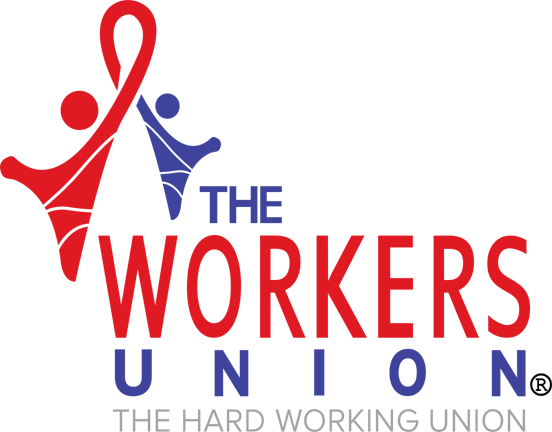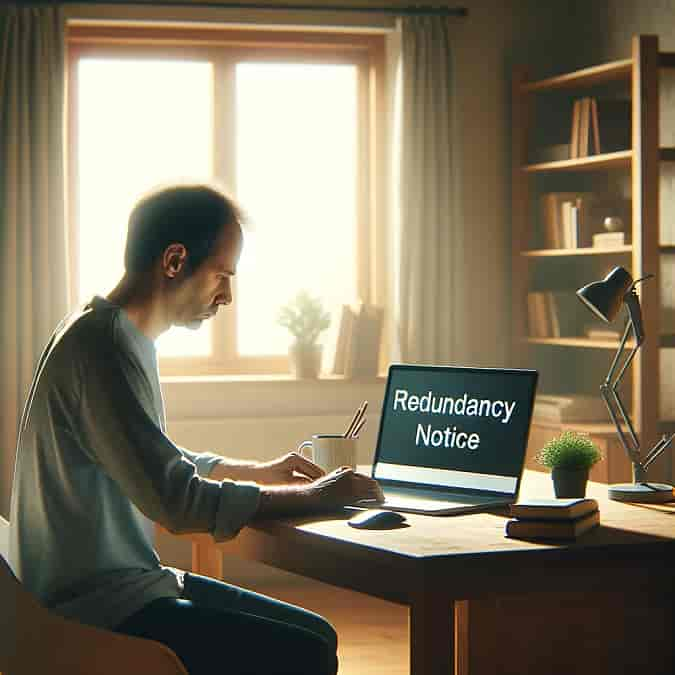In recent years, the work-from-home (WFH) model was heralded as the future of employment, promising increased productivity, better work-life balance, and enhanced employee loyalty. However, as the global economic landscape shifts, this once-celebrated trend is facing a stern reality check. The WFH boom, initially a lifeline during the pandemic, is now morphing into a redundancies-from-home bust, with serious implications for the workforce and employment practices.
The WFH Illusion and Economic Realities
The concept of WFH was lauded for its potential to revolutionize the home workers culture. The narrative suggested that hours saved from commuting would be redirected to productivity and innovation, fostering a more contented and dedicated workforce. This philosophy was not just a fleeting trend; it became a new norm, especially in sectors where remote working was feasible.
However, the shifting economic tides, marked by a slowdown, have prompted businesses to reassess their operational models. Companies, particularly those grappling with financial constraints, are now reconsidering the feasibility of remote working arrangements. As a result, those working from home are increasingly finding themselves at the forefront of redundancy lists.
A Shift in Corporate Strategies
This trend is evident in various sectors and regions. For instance, the prestigious law firm Slaughter & May in the City of London has implemented measures to track office attendance, reflecting a growing preference for in-person work dynamics. Similar policies are being adopted by its competitors and across different industries.
In the United States, the situation appears even more pronounced. Companies like the online retailer Wayfair have made headlines for linking redundancies to remote working status. This is a significant departure from the hiring frenzy during the pandemic, where remote work was often a key selling point for new recruits.
The Research Perspective
Live Data Technologies’ study throws light on this emerging trend, revealing that employees who work remotely full-time are significantly more likely to face layoffs compared to their office-based counterparts. This data suggests a growing bias against full-time remote workers in the current economic climate.
The Underlying Factors
Two primary factors contribute to this shift:
- Decreased Productivity: Despite initial optimism, evidence suggests that WFH may not be as efficient as anticipated. This realization is leading companies to prioritize staff who are physically present in the office, perceived to be more productive and engaged.
- Diminished Organizational Connection: Remote workers, being physically distant, often miss out on the informal interactions and networking that fortify workplace relationships. This lack of visibility and connection can make them more vulnerable during layoffs.
The Road Ahead
As businesses navigate these challenging times, it’s becoming increasingly clear that a return to traditional working patterns is on the horizon. While some employees continue to resist a full return to the office, they might inadvertently find themselves more susceptible to the looming layoffs.
This situation underscores the need for both employers and employees to adapt to changing dynamics. For businesses, it’s about finding the right balance between flexibility and productivity. For employees, it’s about understanding the evolving landscape and making informed decisions about their work arrangements.
The Workers Union Says…
“The current economic climate necessitates a pragmatic approach to employment practices. While the WFH model offered many benefits, it’s crucial for both employers and employees to recognize and adapt to the changing realities of the workplace. As we move forward, a hybrid model that balances the benefits of remote and in-office work might emerge as the optimal solution, fostering both productivity and employee satisfaction.




